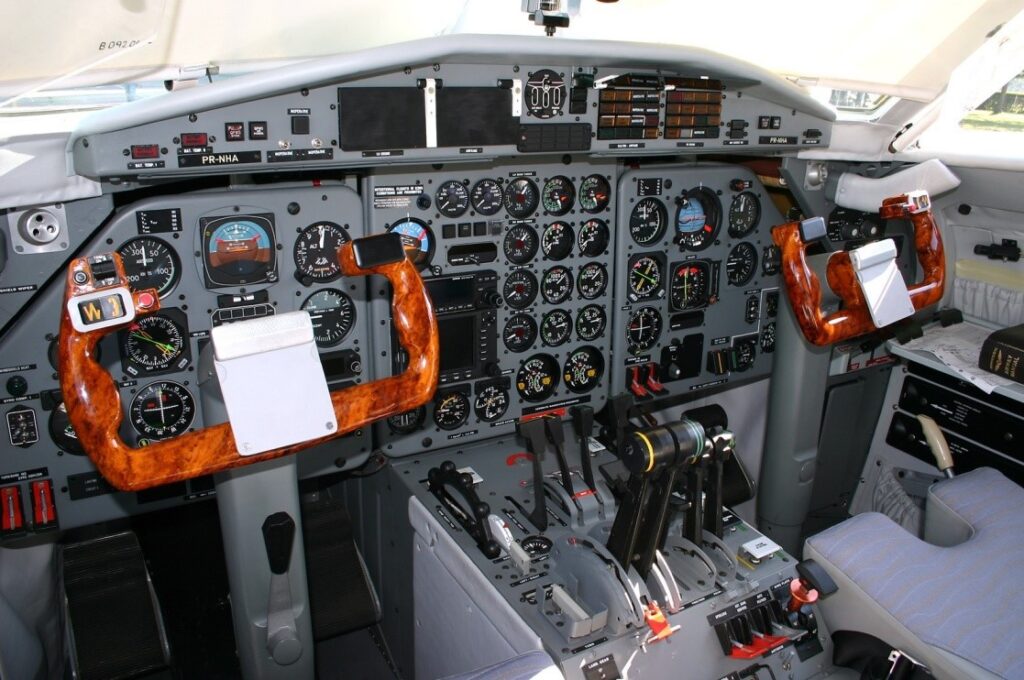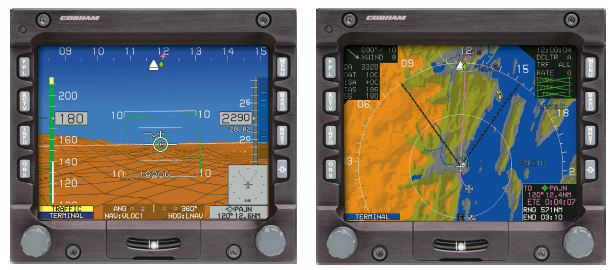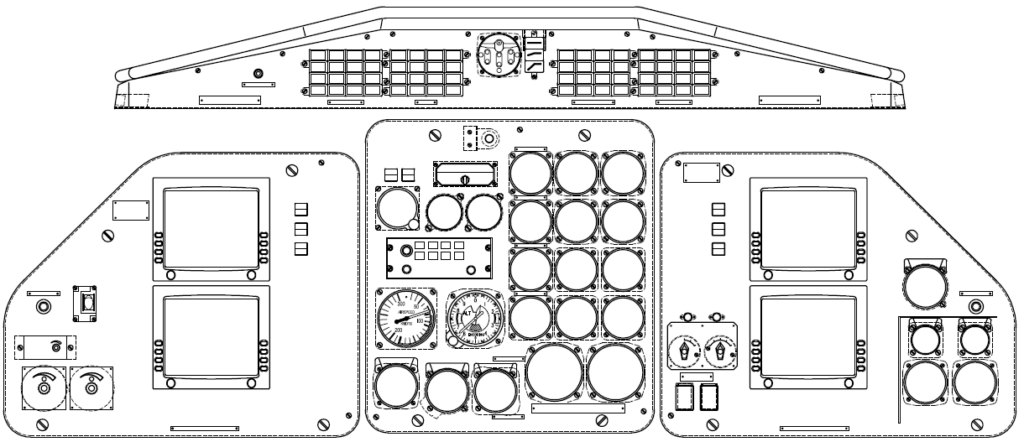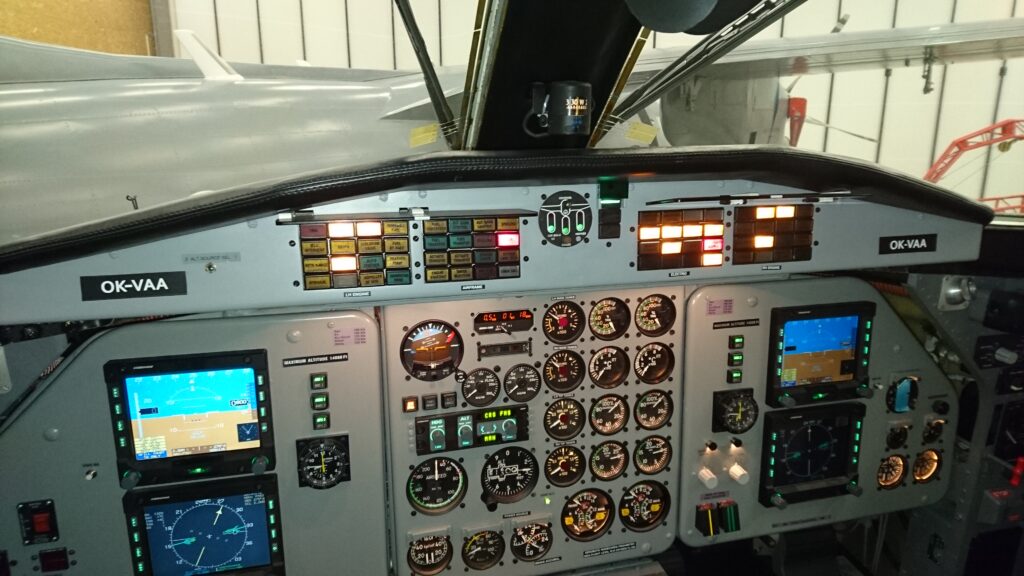One of L 410 advantages is its reliability; however, as proven by experiences of many operators, if there is an occurrence of a technical problem, not allowing dispatch the aircraft, then a frequent cause is avionics problem. The history of L 410 avionics has been affected by origin of aircraft itself, as well as aftermarket history of the type. L 410 was developed on a request of ex-soviet main operator Aeroflot. This fact affected a composition of avionics suite installed (OEM) into most of the units. As Soviet Union became ICAO member in 1970 (!), both ground and airborne navigation equipment, and practices, were developed in different environments to those as per ICAO Annexes. Legacy of this irregularity is still visible in many former Soviet Union states. The most preferred ground aid is still NDB and its airborne counterpart ADF. Instead of ILS, there is in use system called SP50, which works on different frequencies, but VOR/DME is available on international airports and routes only! After L 410’s started to be delivered to ICAO countries, both new and aftermarket aircrafts, the question of a suitable western avionics was opened. Due to many reasons, most frequent suite are Bendix/King products, either Silver King or Gold King series. These units, and especially Silver King line, are suitably priced, but in fact, Bendix/King is only General Aviation avionics; in other words, this avionics is not designed for heavy everyday use!

In mid 80’ the development of “glass cockpit” solutions was launched by renowned avionics producers. First generation was using CRT’s, later on moving to LCD’s due to their less power consumption, higher reliability, better readability in sunlight etc. Generally, glass cockpit display units have several advantages:
- Higher reliability due to avoidance of mechanical extremely fine moving components
- Versatility of displayed information in terms of contents and style of display leading to improved safety by decrease of crew workload
- Less weight
- Possibility of copying between display units in case of a part of system failure, which contributes to improved safety as well
Only problem making glass cockpit not suitable for L 410 aircraft was price. So then L 410 operators, except some, still stay on mechanical instruments, and still facing problems as described above. AEROSERVIS, s.r.o. is now developed and certified a glass cockpit solution for L 410 UVP-E family. This avionics suite is based Genesys Aerosystems (ex-Chelton-Cobham) product IDU-450. IDU 450 delivers:
- Four LCD screens, two primary flight displays and two navigation/multifunctional displays with possibility of reversion display
- Two integrated ADAHRS (air data and heading reference systems) with magnetic sensor units
- Two WAAS GPS receivers

Features of the system are as follows:
- Build-in TAWS Class A/EGPWS
- EHSI/DME/ADF/ACAS II TA/EGPWS/moving map/3D terrain/WX radar display capability on MDF’s
- Artificial horizon/ALT/RadALT/ASI/VSI including RA/heading/LOC/GS display on PFD’s
System is supplemented by:
- Two GNC 255B NAV/COM’s
- One DME KDM 706A
- One WX radar control CP 466A
- One ART 2000 WX radar sensor
- One KRA 405B RadALT (unit only)
- Back-up artificial horizon
- Back-up CDI or RMI
- Back-up altimeter
- Back-up ASI
- Two audio boxes PS Engineering PAC 24 (direct KMA 24H replacement featuring LED backlight)
- One KR 87 ADF
- TPU 67B ACAS II, SW7.1 computer
- One or two Mode S XPDRS (out of them minimally one MST 67A)

The major advantage of the glass cockpit equipped L 410 is less weight and lower maintenance costs caused by removing of:
- Compass systems including directional gyros
- Mechanical instruments: artificial horizons, altimeters, ASI’s, TA/RA VSI’s (IVA 81D), HSI’s
- LUN 1215 turn-slip indicators
- LUN 1794 convertor
- Existing air data computer
- EGPWS computer
- 115V AC system including inverters
This project is approved under EASA STC No. 10061569 since 12. April 2017.
